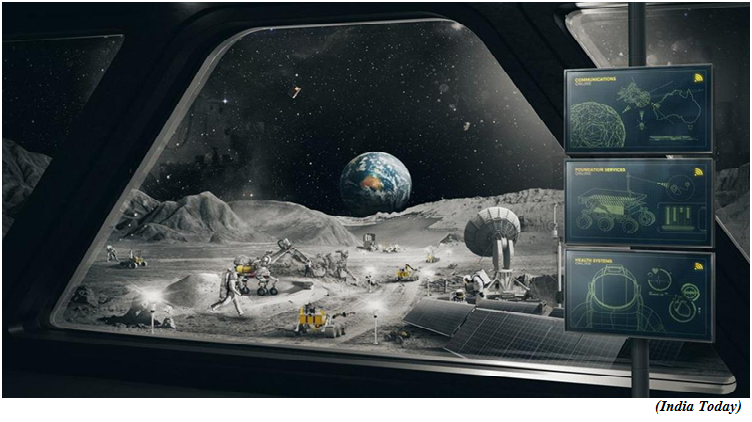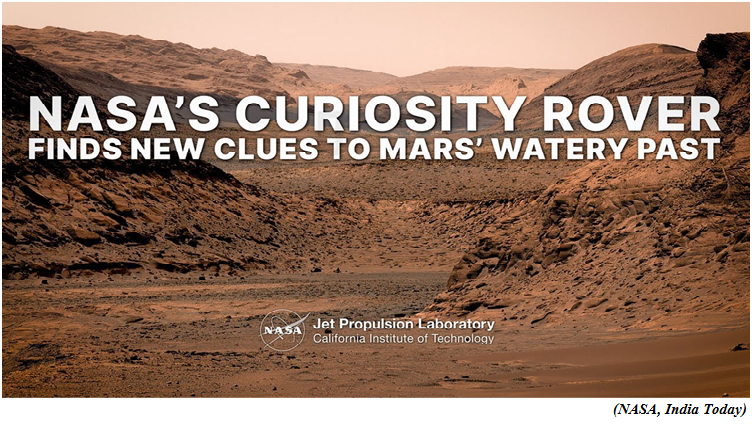Digital Payments Utsav launched to Promote Digital Transformation (GS Paper 3, Economy)

Why in news?
- Recently, the ‘Digital Payments Utsav’, a comprehensive campaign aimed at promoting digital payments across India was launched.
Details:
- The ‘Digital Payments Utsav’ is an extraordinary campaign that will showcase India's journey of digital transformation, with a series of events and initiatives to be held from 9th February to 9th October 2023.
- The focus of the campaign will be on promoting digital payments in the country, especially in the cities of Lucknow, Pune, Hyderabad, and Bengaluru, as part of the G20 Digital Economy Working Group (DEWG) event.
DigiDhan Awards:
- In addition, 28 DigiDhan Awards were presented to top-performing banks, bankers, and fintech companies in different categories for their outstanding performance in the digital payments space.
- The awards recognize the efforts of these organizations in promoting digital payments and contributing to the growth of the digital economy.
Way Forward:
- The launch of the Digital Payments Utsav marks a major milestone in the government's efforts to promote digital payments and drive digital transformation in India.
- The comprehensive campaign is expected to bring together various stakeholders, including the government, industry, and citizens, to drive the growth of the digital economy and promote financial inclusion.
Dust launched from Moon could be used to protect Earth from overheating
(GS Paper 3, Science and Tech)
Why in news?
- As the world suffers from the impact of climate change, researchers have proposed a unique solution to prevent the planet from overheating.
- Dust launched from the surface of the Moon could reduce enough solar radiation to mitigate the impacts of climate change.
- Researchers have proposed adding that this dust could also be launched from a space station positioned between Earth and the Sun.

Details of the research:
- The study states that space-based approaches for solar radiation management provide an alternative to reduce the effects of climate change. Objects in space that are well-positioned at the L1 Lagrange point between Earth and the Sun can efficiently shade our planet.
- For decades, scientists have considered using screens, objects, or dust particles to block just enough of the sun’s radiation between 1 or 2% to mitigate the effects of global warming.
- Led by researchers from the University of Utah, theyanalyzed different properties of dust particles, quantities of dust, and the orbits that would be best suited for shading Earth.
- They found that launching dust from Earth to a way station at the “Lagrange Point” between Earth and the sun (L1) would be most effective but would require astronomical cost and effort.
- They suggest an alternative would be cost-effective, but it will involve launching lunar dust from the moon instead.
How study was conducted?
- In the first scenario, the team simulated shooting test particles along the L1 orbit, including the position of Earth, the sun, the moon, and other solar system planets. The simulation showed that when launched properly, the dust would follow a path between Earth and the sun, effectively creating shade, at least for a while.
- They then shot lunar dust from the surface of the moon toward the sun and found that the inherent properties of lunar dust were just right to effectively work as a sun shield.
- They tested how lunar dust scattered along various courses until they found excellent trajectories aimed toward L1 that served as an effective sun shield.
Curiosity rover makes stunning new discovery about Mars watery past
(GS Paper 3, Science and Tech)
Why in news?
- Recently, the Curiosity rover on the surface of Mars has made a stunning discovery. The scientists have found rippled rock textures on the surface suggesting an ancient lake once flowed where they had thought was a dry patch of land.

Details:
- Moving through the Gale crater on Mars, when Curiosity first reached the “sulfate-bearing unit” in 2022, scientists thought they’d seen the last evidence that lakes once covered this region.
- However, the rover has led to the discovery of the mission’s clearest evidence yet of ancient water ripples that formed within lakes.
How ripples formed?
- Billions of years ago, waves on the surface of a shallow lake stirred up sediment at the lake bottom, over time creating rippled textures left in the rock.
- Scientists had earlier believed that the rock layers here formed in drier settings than regions explored earlier in the mission. The area’s sulfates, salty minerals were thought to have been left behind when water was drying to a trickle.
Gediz Vallis:
- Scientists are also focusing on Gediz Vallis, an ancient valley that could harbour clues to the planet's watery past.
- Researchers said that while wind carved the valley, a channel running through it that starts higher up on Mount Sharp is thought to have been eroded by a small river.
- Scientists suspect wet landslides also occurred here, sending car-size boulders and debris to the bottom of the valley.
Background:
- The rover has been, since 2014, ascending the foothills of Mount Sharp, a 5-kilometer-tall mountain that was once laced with lakes and streams that would have provided a rich environment for microbial life if any ever formed on the Red Planet.
- It is made up of layers and as the rover moves up the newly formed layers allow scientists to study how Mars evolved from a planet that was more Earth-like in its ancient past, with a warmer climate and plentiful water, to the freezing desert it is today.
What’s next?
- The rover has found rippled rock textures, which are so hard that it has been unable to drill into them. Scientists will be looking for softer rock in the week ahead.
- But even if they never get a sample from this unusual strip of rock, there are other sites they’re eager to explore.




